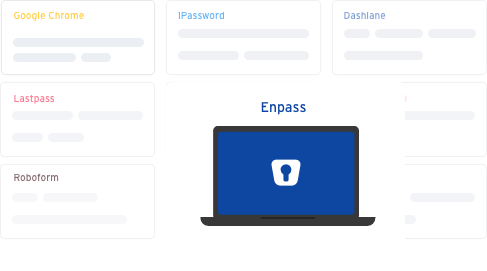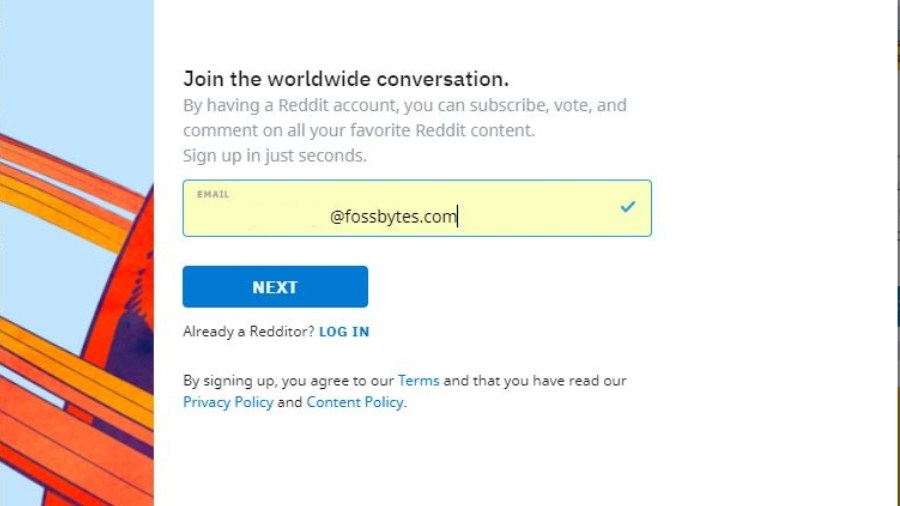Chrome Password Manager
Best vnc for mac. If you employ multiple domains that share the same account management backend, you can now also associate them with one another to enable users to save credentials once and have the Chrome password manager suggest them to any of the affiliated websites.
Chrome's password manager already autofills credentials for sites with saved credentials, as well as in the following two cases:
To use your passwords on different devices, turn sync on in Chrome. Learn more about how Chrome protects your passwords. If you enter a new password on a site, Chrome will ask to save it. To accept, tap Save. Sign in with a saved password. If you saved your password on a previous visit to a website, Chrome can help you sign in. Microsoft’s new password manager works across Edge, Chrome, and mobile devices Tom Warren. Over a thousand gather in Chicago to demand justice for Adam Toledo. We’ve based our list of Chrome password managers on the following four criteria to help you out: Security We’ve made sure that all of our choices use the latest encryption standards to protect your passwords (256-bit AES with PBKDF2-HMAC-SHA512), and provide other security features, such as biometric logins and other multi-factor. Google Chrome has a built-in password manager. In this article, we will look at how to use Chrome’s password manager to save, edit and manage your passwords. What is Chrome Password Manager. Google Chrome can save your user IDs and passwords and sync them across your other devices. This way you can set complex passwords for websites without.
- When two sites are in the same-site relationship, Chrome will show autofill credentials for the other site if there's at least one credential saved on one site. For example, because
www.example.comandm.example.comare the same-site, Chrome can share saved credentials between the two sites and suggest the saved password to another. - When a developer associates an Android app with a site that uses the same credentials, Chrome can suggest Android credentials on that site. Apps are associated with sites using Digital Asset Links (DALs).
You can now also associate websites in a cross-site relationship to enable users to save their credentials once and have the password manager suggest them to any of the affiliated websites.
If you employ multiple domains that share the same account management backend (such as https://www.example.com and https://www.example.co.uk), starting in version 91, you can enable Chrome to suggest passwords saved to domains associated with Digital Asset Links.
There's a similar potential web platform feature called First-Party Sets. However, while it allows for embeds from cross-site to be treated as the same party when the top-level domain is owned by the same organization, there's no plan to have any effect on handling passwords. The Digital Asset Links is Google's technology that can be used for passwords, but it has no effect on handling cookies.
To make a DAL association, developers need to put a JSON file that follows the DAL syntax at /.well-known/assetlinks.json on the respective domains.
Prerequisites #
- Use Chrome 91 or later.
- Enable the flag at
chrome://flags#filling-across-affiliated-websites. - Make sure 'Offer to save passwords' is turned on in
chrome://settings/passwords. - Make sure your website's sign-in domain is available through HTTPS.
Associate your two websites #
To declare that the website, for example
https://www.example.com,can share credentials withhttps://www.example.co.uk, create a file namedassetlinks.jsonwith the following content:The
relationfield is an array of one or more strings that describe the relationship between the sites. For sites to share sign-in credentials, specify the stringdelegate_permission/common.get_login_creds.
Thetargetfield is an object that specifies the asset the declaration applies to. The following fields identify a website:namespaceMust be webfor websites.siteThe website's URL, in the format https://domain[:optional_port]; for example,https://www.example.com.See the Digital Asset Links reference for details.
Host the Digital Asset Links JSON file at the following location on the sign-in domain:
https://domain[:optional_port]/.well-known/assetlinks.json.In this example, the domain is
www.example.com, so the JSON file should be hosted athttps://www.example.com/.well-known/assetlinks.json.The MIME type for the Digital Asset Links file needs to be JSON. Make sure the server sends a
Content-Type: application/jsonheader in the response.To declare the association in both websites, host the
assetlinks.jsonathttps://www.example.co.uk/.well-known/assetlinks.jsonas well:Ensure that your host permits Google to retrieve your Digital Asset Links file. If you have a
robots.txtfile, it must allow the Googlebot agent to retrieve/.well-known/assetlinks.json. Most sites can simply allow any automated agent to retrieve files in the/.well-known/path so that other services can access the metadata in those files:
Be aware that once you set up a DAL file, it may take a while for Googlebot to fetch the resource and recognize the association.
Associate multiple websites with one another #
You can associate multiple websites with one another by specifying each one in the Digital Asset Links file. For example, to associate the example.com, example.co.uk,andexample.co.jp, specify all of those websites in the assetlinks.json JSON file and host it on each website at https://EXAMPLE_DOMAIN_NAME/.well-known/assetlinks.json.
You can use include statements if you need to issue statements from different sites to the same set of targets. For example, a website may be available on many different per-country top level domains, and you want to share credentials between all of them. Using include statements, you can set up pointers from many different sites to one central location, which defines statements for all of them.
0Google Chrome comes with in-built Chrome Password Manager that helps to keep records of all your username, password and payment details that you saved for different web site. Chrome in-built password manager makes it very easy to save your password and auto-fill whenever you’re asked to sign-in to a different website.
Why to use Password Manager?
Today, almost everything is online – shopping, office, social communication, entertainment, learning, etc. And remembering user credential for every single website is very difficult. Furthermore, using same password on multiple websites is a big security risk, because if any one website is hacked you will be at risk of revealing your identity for all other websites. Even writing down password on notepad on your computer will also be a great security risk because if your system gets compromised it will be a way easy for hackers to get access for all your accounts. Therefore, password manager becomes very necessary to keep your credential safe and secure and using password manager makes it simpler.
Why Chrome Password Manager? And how safe is Chrome Password Manager?
Chrome Password Manager is robust and secure and can be trusted as it is from Google. All saved password in Chrome are sync with your Google account. Chrome Password Manager is also called as Google Password Manager hence all your user credentials will be available across all your devices where you login with your Google account. Furthermore, it’s very easy and convenient to access the Google Password Manager web page directly from your Google account whenever you want to check your saved user credentials. What makes it more secure is it two-step authentication for your Google account, which makes it safer.
How to store User Credential in Password Manager.
By default on your chrome, the option is set to allow to save password and Auto Sing-in. However, you may want to cross-check your setting in case you facing issue while saving password.
Step 1: Go to Chrome Settings –> Autofill –> Password or you access directly the password setting page by copy below to your chrome address bar.
chrome://settings/passwords
Step 2: Enable “Offer to save passwords” option.

Step 3: Go to any website login page and login, chrome will show a popup option to save password.
Step 4: All saved password will be visible under Password section in Chrome. You can click on the eye icon to view the password.
How to sync Password Manager with Google

Below are steps that will sync your password with your Google account.
Chrome Password Manager Reviews
Step 1: Click on Profile button on Chrome
Step 2: Click on “Turn on sync.” button
Step 3: Chrome will show a popup screen asking whether you want to sync. Click on “Yes, I’m in” button to sync all data with your Google account.
In case you want to sync only selected sync options then you may go to setting and manage your sync options.
Chrome Password Manager Api
You may now see status showing as “Sync is on”.
Go to Google Password Manager and check if your saved password on chrome is sync with your Google account. As you can see my saved password for twitter is sync in Google password manager.
Chrome Password Manager Iphone
